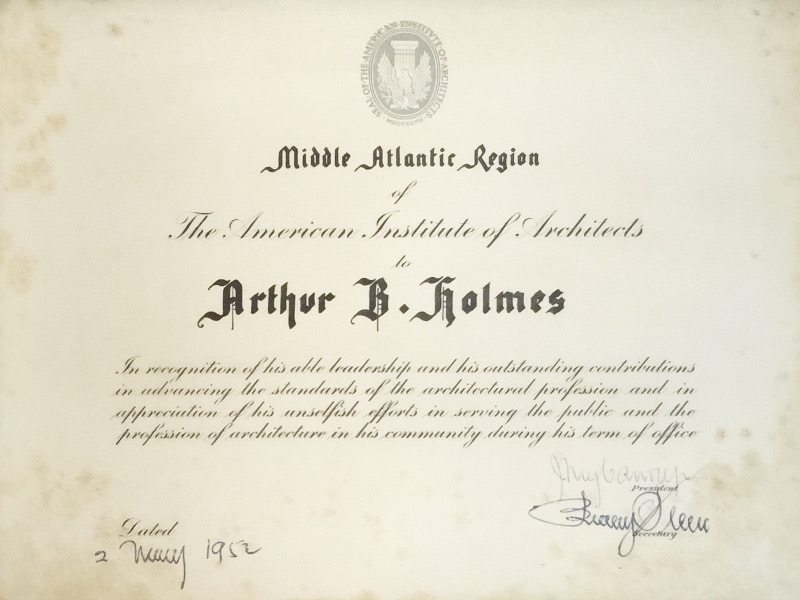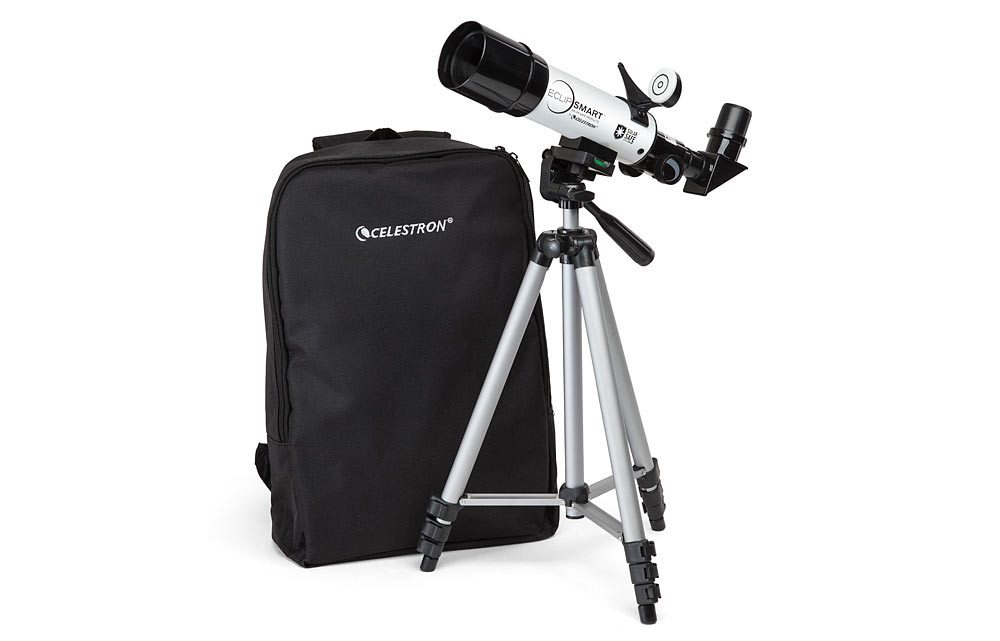
From birth, we generate and collect primary sources about our lives. From birth certificates to report cards to marriage licenses to deeds to death certificates, it’s pretty hard to function in our society without proof of who we are and where we stand.
These same documents are of interest to every future generation and should be kept—digitally and perhaps physically—somewhere safe. Also, one’s diaries, photos, journals, videos, essays, recipes, lists of favorite movies, and books read can paint a picture of who you are, fleshing out your personage, providing more than just the names and dates that mark the milestones of your life. They are important to keep, to digitize, to share.
So, how do you go about collecting and saving primary sources from your ancestors?
What to Collect

First, gather together any documents that you currently have for ancestors or other family members. I’m the lucky caretaker of much of my paternal family history items, including photos, documents, letters (so many letters), certificates, diaries, and more. While I’d love to have the time to digitize it all, it currently still resides in tubs and boxes. Most people have fewer family history items than I do, however, so organizing them should be an easier task. Look in your filing cabinets, attics, basements, and boxes in the garage. Talk to your parents, siblings, aunts, uncles, and cousins to see what they have held onto.
Then, once you’ve gathered items for your ancestors, look to your own life. What will be interesting for future generations? Here are some ideas, and they can give you some ideas of what to save from earlier generations as well:
- Birth certificates
- Marriage licenses and certificates
- Resumes and CVs
- Draft registration cards
- Diaries
- Letters
- Drawings and artwork
- Fiction or non-fiction written by or about family
- Photographs, especially of important events and family groupings
- Work-related accomplishments
- Diplomas and degrees
- Yearbooks
- Recipes
- Property records
- Wills
- Photos
- Jewelry
- Stories from family lore
Since my paternal grandmother kept just about everything that she received from family and friends, along with everything that had been her father’s, I am lucky enough to have quite a lot of unusual primary sources. I have her parents’ wedding rings, her father’s few sports trophies, her school-age diaries, and every letter she ever received (probably… no joke). I transcribed the dozens of letters her father wrote to her during the year he spent in Berlin, Germany, after the war, and learned so much about him in the process. (Start here if you want to read from the beginning.) These are things worth preserving.
Also, get the rest of your family in on the project. Ask your parents, siblings, cousins, aunts, uncles, children, and grandchildren (depending on your age) if they’d be willing to share their primary source documents with you, at least long enough to digitize them. You can also see if they (especially parents, siblings, and children) have any documents that pertain to you and your history.
What to Begin Saving and Chronicling
From this point forward, make note of important facts and events, and save memorabilia (digitally, if you don’t the room for physical storage) that fits the criterion of “something that would be valuable and interesting to future generations.” Primary sources include your modern day documents. You can also generate some new ones. Here are some ideas.
- Write down your own life story, even if you can just hit the highlights.
- Keep yearbooks, report carts, photos, vital records, and property records.
- Consider keeping guided journals such as To Our Children’s Children, and share some of that information on your family tree, things you remember about your own life and that of your ancestors.
- Chronicle similar information for your children as they grow, and give them a copy when and if they develop an interest in family history later. Or give it to them anyway. Their kids might thank you.
Ideas for Archiving
You don’t need a fancy scanner or photo tent to digitize the items you want to preserve.
Though a high-quality scanner is best for photos and documents (and other flat items), you can just take photos in good light with your phone or camera. The PhotoScan app from Google helps you improve the final look of your images. For three-dimensional items, photographs are the best way to preserve them digitally, since you’ll need photos from different angles that scanners can’t achieve. So there really is no significant barrier to entry when archiving your documents and other items. And, once you have them in digital form, it’s easy to upload them to Ancestry.com for your own records or to make them accessible to others. You can add them to each applicable ancestor’s profile page, and share your tree with family members (or the public).
You can also save them to a family cloud account, create a family Facebook group, or pass out copies of the images burned to CD at family gatherings. You may also want to burn an extra copy to put in your safe, or in a safe place.

I do recommend keeping actual physical copies of a few of the more important things, however, such as birth certificates, major awards, anything representative of the person’s life, because seeing the actual documents will be very interesting to future family historians.
Access to Free Primary Sources at Ancestry.com
To add to your own documents and resources, Ancestry provides quite a number of resources for free to the wider community. No paid subscription needed. Currently, the free resources and indices cover the United States and many countries from around the world. They include collections such as the 1880 and 1940 United States Federal Censuses, some state censuses, Austrian Jews in Concentration Camps during World War II, Pioneer and Immigrant Files for California, Find a Grave Index for Canada, Civil War Correspondence for Georgia, plus many, many more focused collections that, if they apply to your family, are a treasure trove of help.
Ancestry also includes RootsWeb—currently undergoing some improvements and thus unavailable at the present time—which has surname listings, family trees, and access to GEDCOM files that others have shared (basically files that contain family tree data). The RootsWeb site also includes message boards, perfect for picking other people’s brains about research dead ends, ancestor migration, and anything else related to genealogy.
Start saving your primary sources today!
Check out Part 1, 7 Steps to Get Started With Ancestry, and Part 2, Building Stories and the Anatomy of an Ancestry Record, in this series, and stay tuned soon for the next post!
Note: Ancestry gave me access to some of their resources for the purpose of this series.




